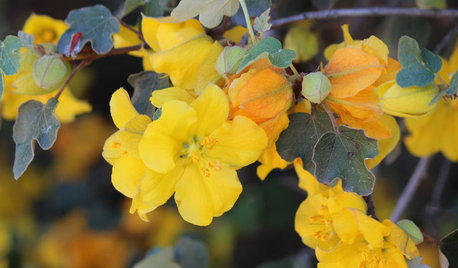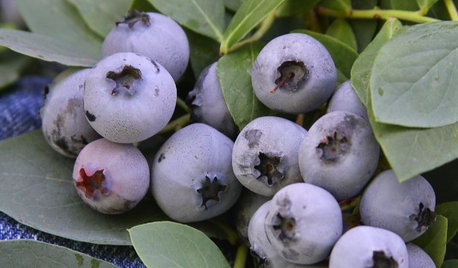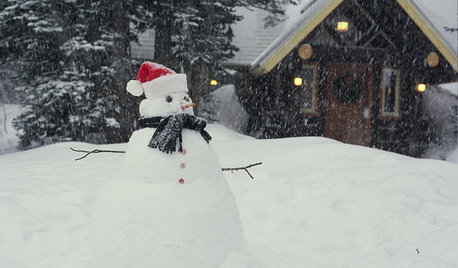dried beans vs dried peas and corns
leava
9 years ago
Related Stories

LANDSCAPE DESIGNDitch the Ordinary Ditch: Create a Realistic Dry Creek Bed
Here’s how to turn your water runoff system into an eye-catching accent for your landscape
Full Story
SUMMER FRUITS AND VEGETABLESHow to Grow Your Own Fresh, Sweet Corn
Here's how to plant and care for your own mini cornfield
Full Story
SUMMER FRUITS AND VEGETABLESSummer Crops: How to Grow Beans
Grow your own beans for amazing variety and healthy, convenient produce all summer
Full Story
GARDENING GUIDES10 Easy Edibles for First-Time Gardeners
Focus on these beginner-friendly vegetables, herbs, beans and salad greens to start a home farm with little fuss
Full Story
GARDENING GUIDESEssential Watering Tips for Your Edible Garden
To give your edible plants just what they need, check out these guidelines for how, when and how much to water
Full Story
LANDSCAPE DESIGNLay of the Landscape: Southwestern Garden Style
Water may be scarce, but color and striking foliage are as profuse in the desert landscape as the sunsets are breathtaking
Full Story
CALIFORNIA GARDENINGCalifornia Gardener's May Checklist
Only one major chore but a plethora of planting possibilities means a delightful month in California gardens
Full Story
FARM YOUR YARD6 Things to Know Before You Start Growing Your Own Food
It takes time and practice, but growing edibles in the suburbs or city is possible with smart prep and patience
Full Story
GARDENING GUIDES15 Favorites for Your Summer Edible Garden
Get your summer garden off to a good start with these popular fruits and vegetables
Full Story
LIFEShare Your Winter Storm Jonas Photos and Survival Tips!
Let’s see your pictures and hear your ideas on how you’re keeping your house warm and staving off cabin fever
Full StorySponsored
Industry Leading Interior Designers & Decorators in Franklin County
More Discussions






Okiedawn OK Zone 7
leavaOriginal Author
Related Professionals
Horsham Landscape Architects & Landscape Designers · Ilchester Landscape Architects & Landscape Designers · Salem Landscape Architects & Landscape Designers · Towson Landscape Architects & Landscape Designers · Canton Landscape Contractors · Cliffside Park Landscape Contractors · Leicester Landscape Contractors · Pleasant Grove Landscape Contractors · Fredonia Decks, Patios & Outdoor Enclosures · Fort Pierce Decks, Patios & Outdoor Enclosures · Hockessin Decks, Patios & Outdoor Enclosures · Kyle Decks, Patios & Outdoor Enclosures · Livingston Decks, Patios & Outdoor Enclosures · Markham Decks, Patios & Outdoor Enclosures · Westford Decks, Patios & Outdoor EnclosuresMacmex
AmyinOwasso/zone 6b
Macmex
AmyinOwasso/zone 6b